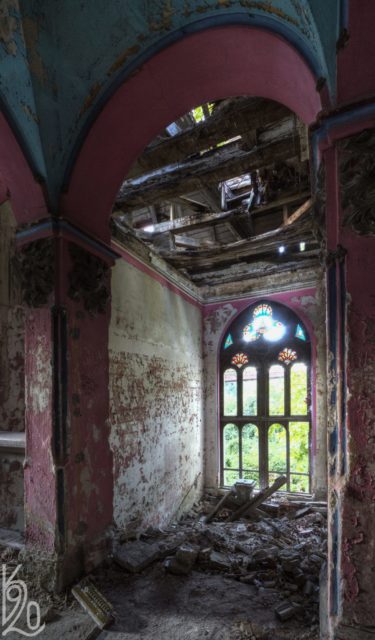Spitzer Castle near the Serbian city of Beočin is well-known for its cement factory which was once the largest of its kind in Europe and today is part of the Lafarge group.
But for those willing to go off the beaten track, there is another interesting building in Beočin – an abandoned castle that once belonged to one of the owners of the cement plant.
Eduard Ede Spitzer was a native entrepreneur who had been born to a German family. Having been made wealthy by his share of the cement factory, he decided to build a castle in Beočin, on the slopes of Fruška Gora mountain, so that his family could live there in comfort.
Spitzer hired the famous architect Imre Steindl to build his dream home. Steindl was well-known for being the architect of the Hungarian Parliament in Budapest. Once it was completed in 1892, Spitzer Castle became one of the rare examples of secessionism and eclectic architecture in northern Serbia.
The outside of the castle includes elements of Gothic, Romanesque, Renaissance, and Baroque architecture. However, inside the main influence was a classical Hungarian Art Nouveau which can be seen in the ceramic Zsolnay fireplace in the main hall and the stained glass windows throughout.
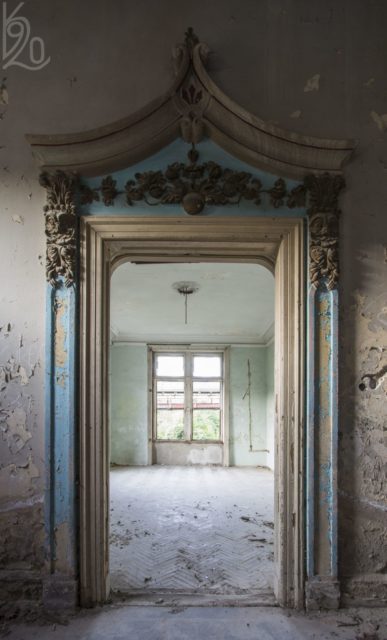
The Spitzer family lived in the mansion until the outbreak of World War II. In 1941, they were forced to leave the country and move to Germany, Eduard Ede Spitzer’s home country. After they left their castle, the building was nationalized and became state-owned.
Over the next few years, the building was used as a school, library, cultural center, and even a radio station for the thriving city of Beočin. The final use to which it was put was a restaurant. After that, the doors were closed forever and the building has been slowly collapsing ever since.
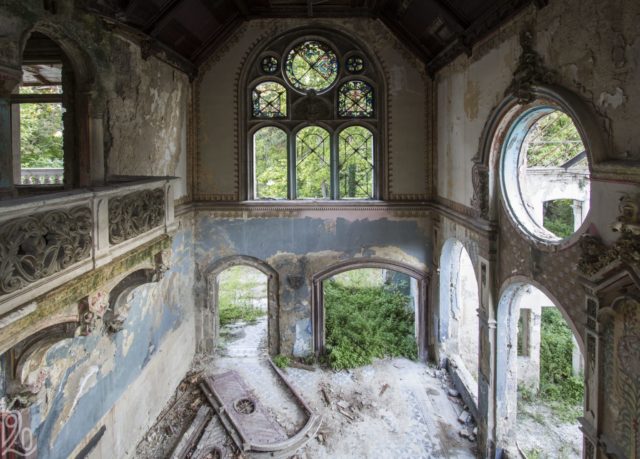
Many film directors and crews were inspired by the beauty of the castle and chose to use the mansion and its surrounding land as a filming location.
Perhaps the most famous movie to be associated with the building is the 1970 American war film Kelly’s Heroes. However, Breakfast with the Devil and Black Cat, White Cat directed by Emir Kusturica also used the site as a location. The movie Boy and the Viola was filmed entirely within the walls of this castle.
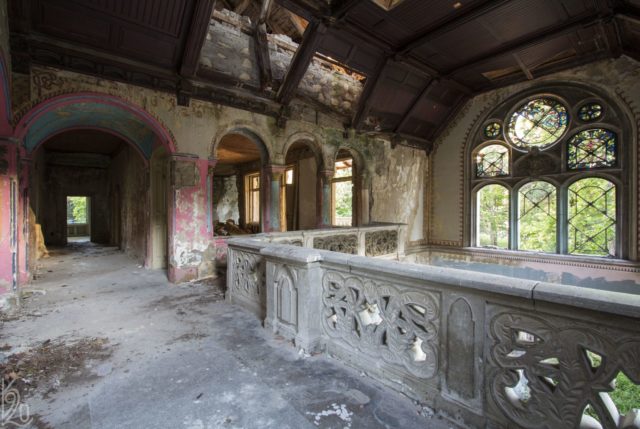
In the 1990s, Spitzer Castle was declared a cultural monument of Beočin by the government. Currently, the former mansion is under state protection.
Repairs have only been made to the roof while the rest of the castle has remained in a deteriorating state, without doors and windows. Nevertheless, the facade, some interior items, and the stained glass have been preserved up until now.
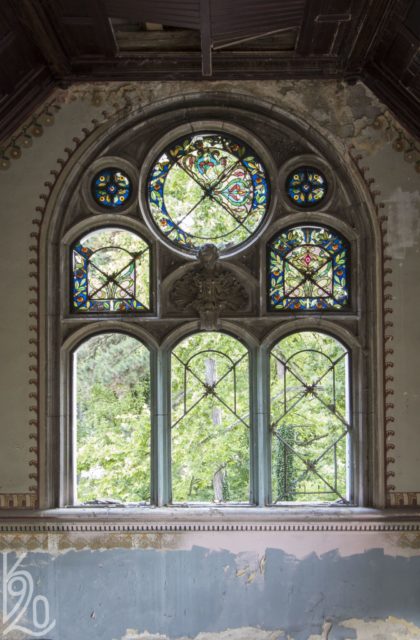
In its heyday, the grounds boasted a fountain, two pools, and a summer pavilion. The garden might be overgrown now, but you can still see elements of statues and decorations peeking out from behind sprawling bushes. However, the roe deer and peafowl that used to wander freely around the grounds are long gone.
The local population has given this building the epithet of “the ghost house.” Today, the castle is closed to visitors and access is only possible with a state permit.
A huge thank you to Katka Havlikova for providing her amazing photographs of this gorgeous castle. She is a journalist and blogger of Za rohem which you can visit via this link. In addition, she has a beautiful collection of photographs on her Flickr account.
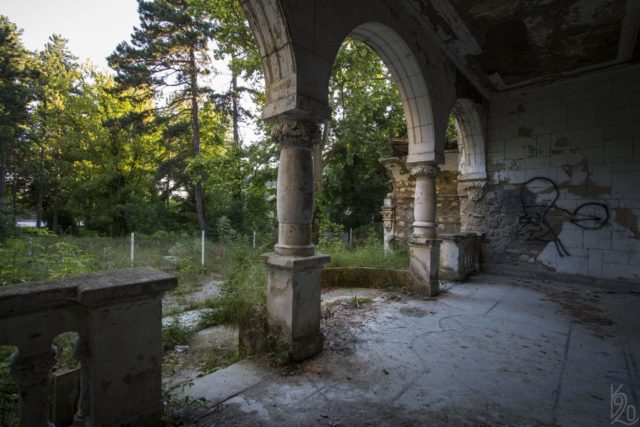
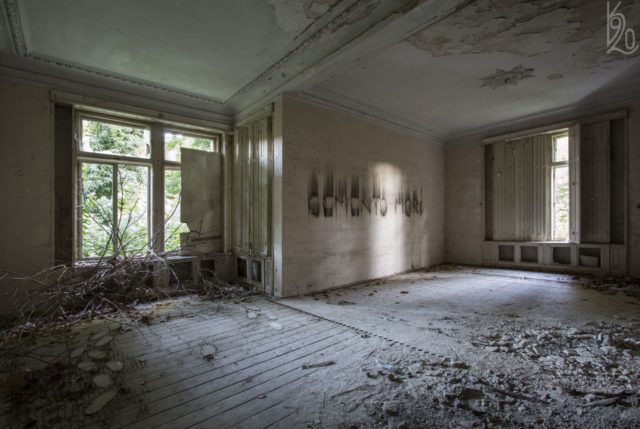
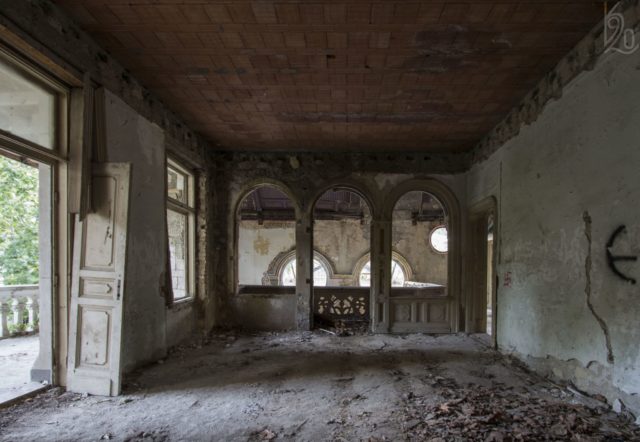
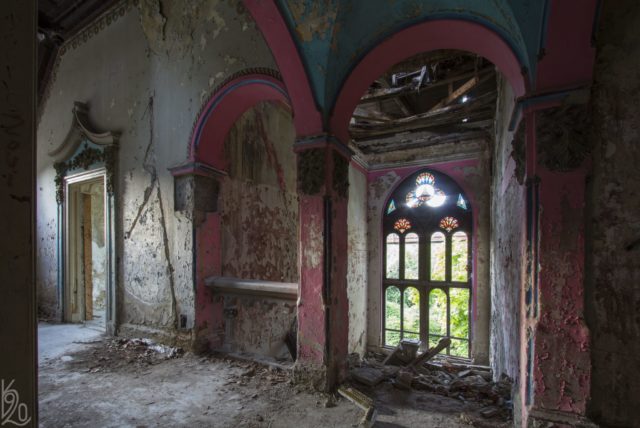
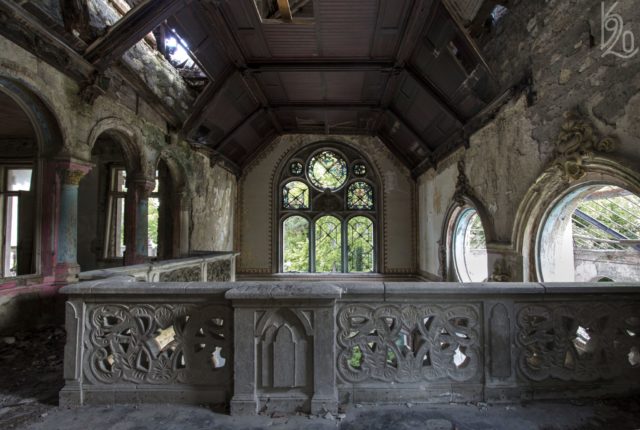
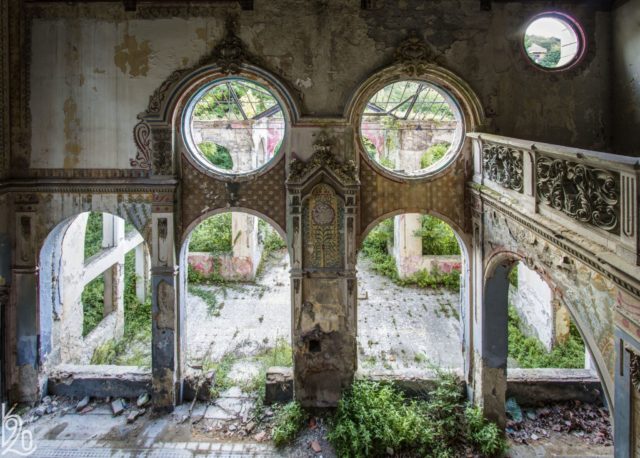
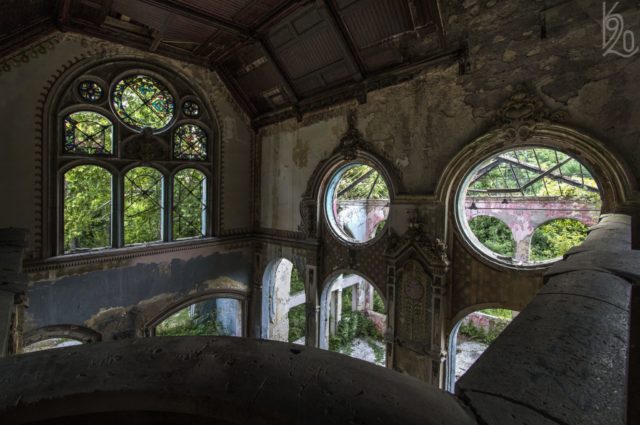
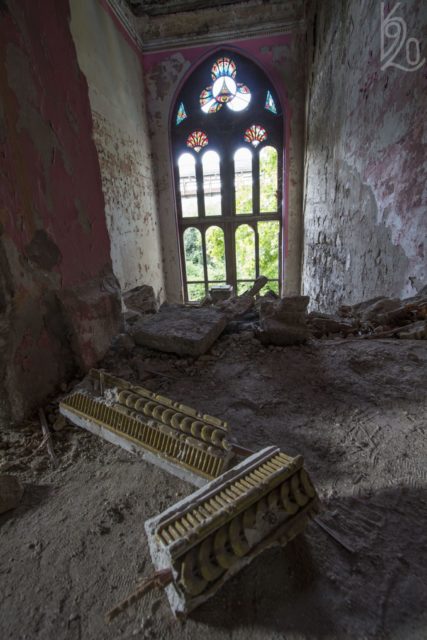
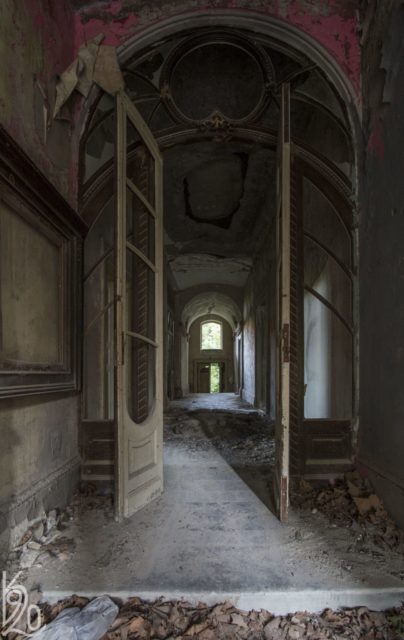
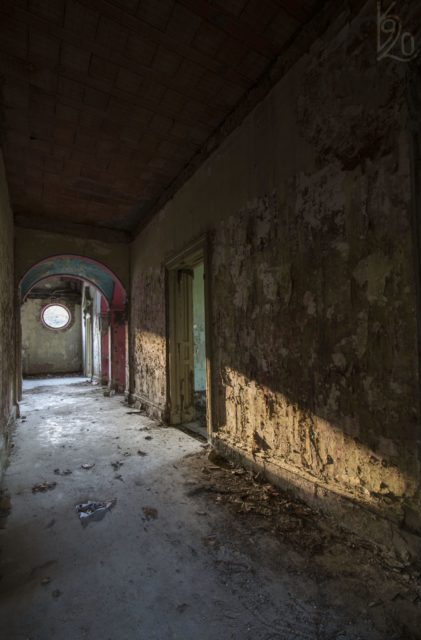
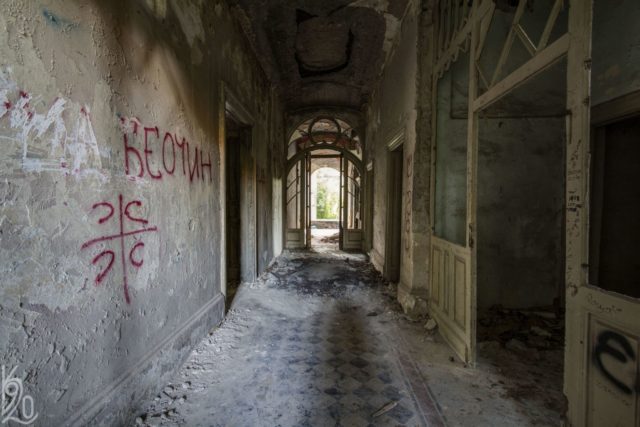
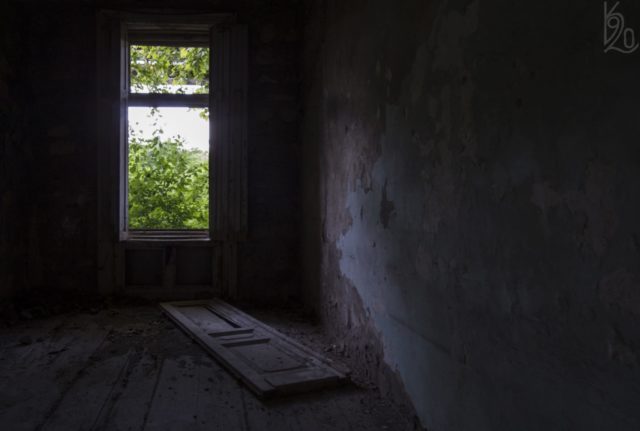
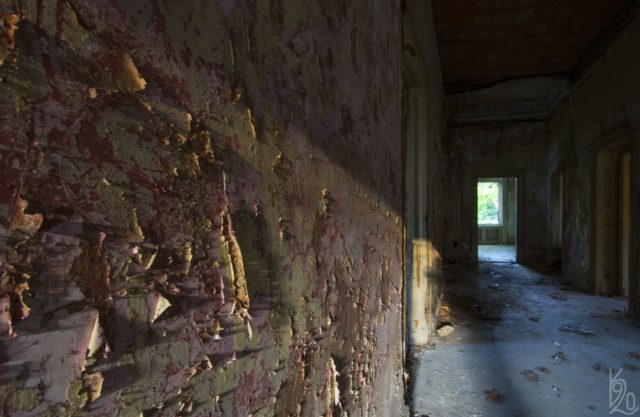
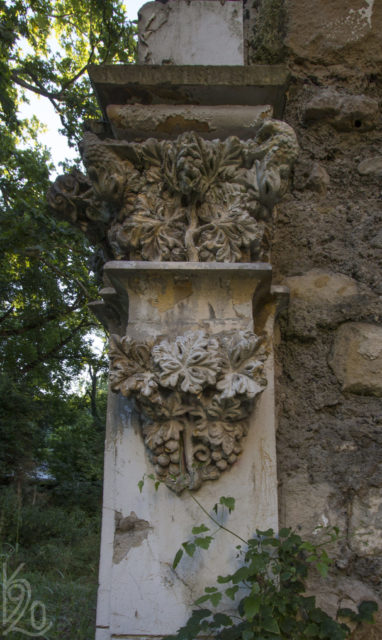
Ruins of the Brestovac Sanatorium and its Love Story
